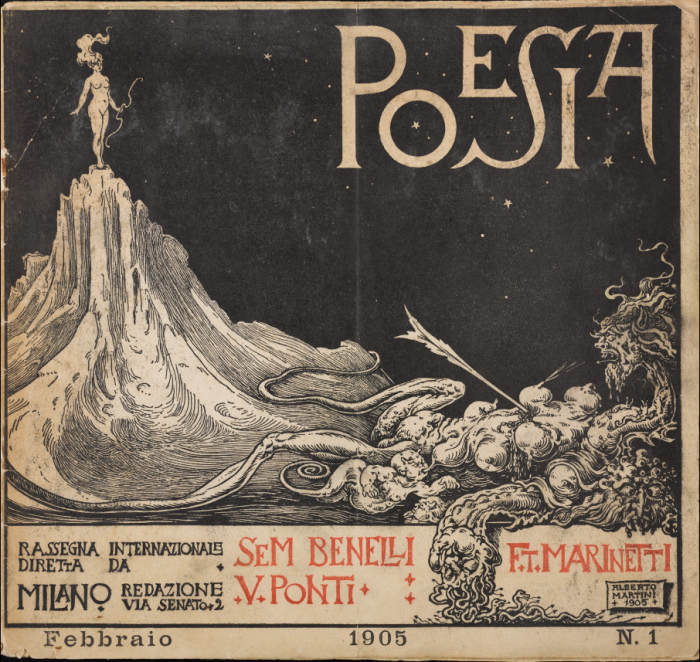
“I’m tired of politics, I just want to talk about my art,” I sometimes hear artists—and musicians, actors, writers, etc.—say. And I sometimes see their fans say, “you should shut up about politics and just talk about your art.” Given the current onslaught of political news, commentary, scandal, and alarm, these are both understandable sentiments. But anyone who thinks that art and politics once occupied separate spheres harbors a historically naïve belief. The arts have always been political, and all the more so during times of high drama and tension like the one we live in now. We can look, for example, to John Milton’s Paradise Lost, Jacques-Louis David’s Death of Marat, or Pablo Picasso’s Guernica, just to mention three particularly striking historical examples.
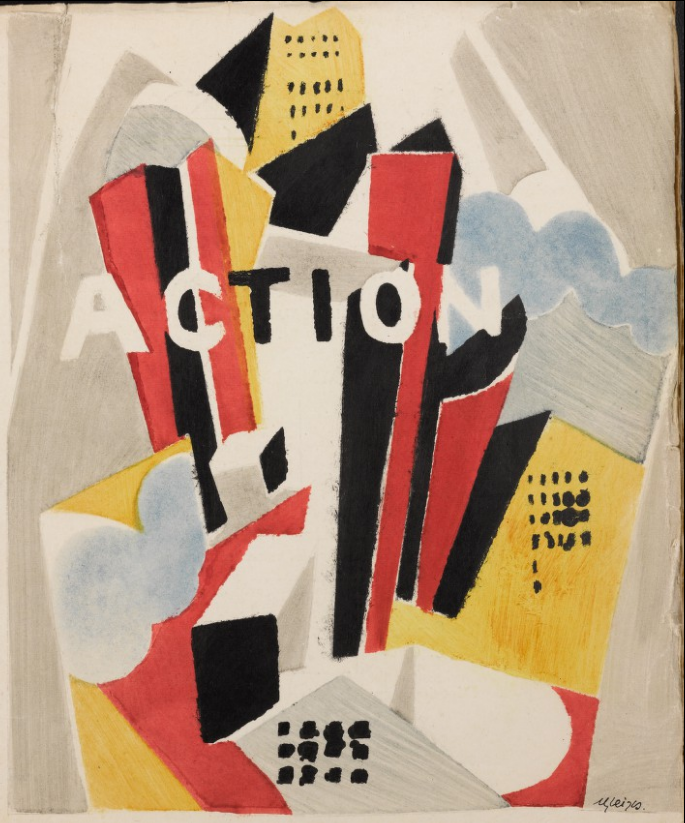
The political acts of avant-garde artists like Picasso in the 20th century were as much revolutions in form as in content, and we begin to see the most radical statements emerge in the teens and twenties with Dada, Surrealism, and other modernisms: sometimes explicitly political in their orientation—spanning the gamut from anarchism to fascism—sometimes more subtly partisan.
This period was also, perhaps not coincidentally, the Golden Age of the arts journal, when every movement, circle, and splinter group in Europe and the U.S. had its own publication. For many years now, Princeton University’s Blue Mountain Project, a joint effort from “scholars, librarians, curators, and digital humanities researchers,” has archived complete issues of several such journals, and we’ve featured a couple notable examples in previous posts.
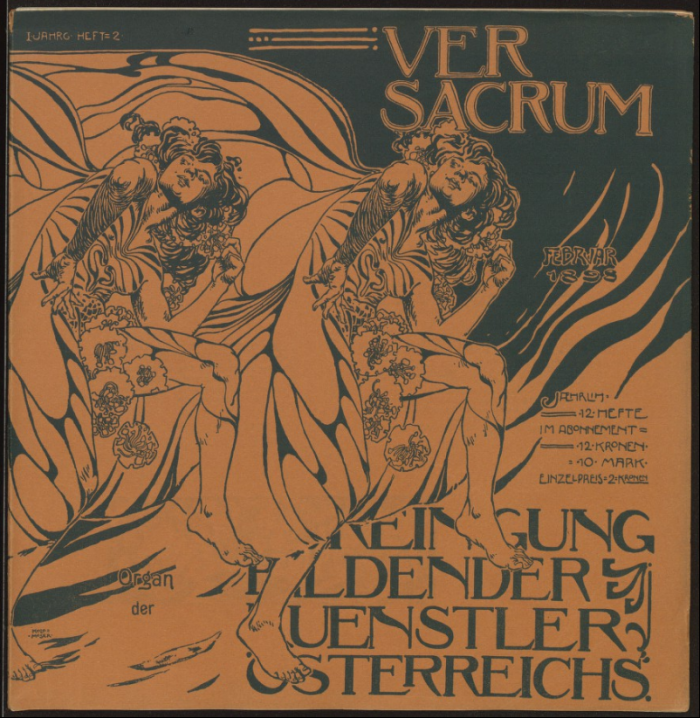
Now we direct your attention to the full online library, where you’ll find issues of Poesia (top), published by F.T. Marinetti between 1905 and 1920. This magazine represents “the transition from Italy’s engagement with an international Symbolist movement to an increasingly nationalist Futurism” and features the work of Marinetti, Alfred Jarry, W.B. Yeats, Paolo Buzzi, Emilio Notte, and James Joyce. Below Poesia, from the other side of the spectrum, we see the cover of a 1920 issue of Action, a “literary and artistic magazine associated with Individualist Anarchism,” and featuring work from writers like André Malraux, Antonin Artaud, and Paul Éluard, and artwork from Demetrios Galanis and Robert Mortier, to name just a few.
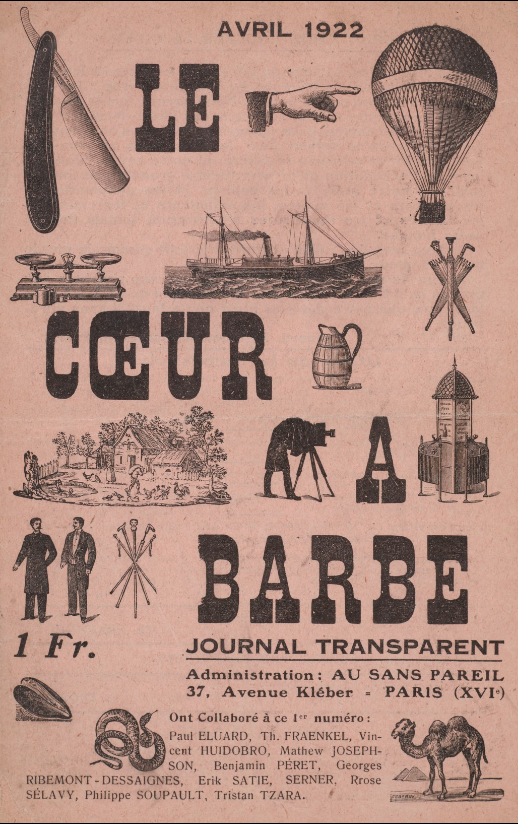
Not every avant-garde arts journal had a clear ideological mission, but they all represented aesthetic programs that strongly reacted against the status quo. The artists of the so-called Vienna Secession broke away from Association of Austrian Artists to protest its conservatism. Their journal, Ver Sacrum, further up, joined the flowing, intricate, and passionate designs of Art Nouveau and German Jugendstil artists, who created the look of the Weimar Republic and the Jazz Age. Contributors included Gustav Klimt, Koloman Moser, and Josef Hoffmann.
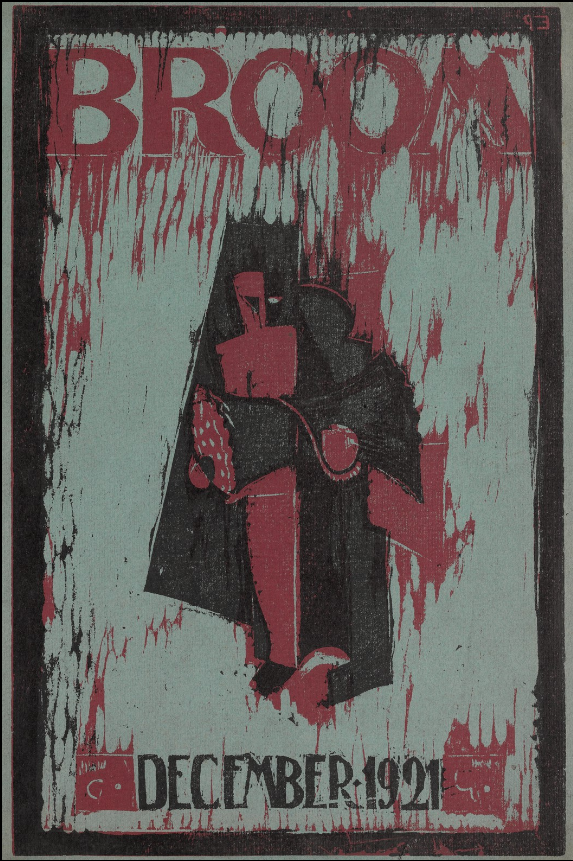
Sometimes avant-garde journals reflected political conflicts between warring factions of artists, as in the example of Le coeur à barbe: journal transparent, “produced by Tristan Tzara as a response to the attacks on him by Francis Picabia and André Breton about the future of the Dada movement.” Other publications aimed to expand the boundaries of national culture, as with Broom, above, a “self-proclaimed international magazine of arts and literature… a sumptuous journal that introduced American audiences to the European avant-garde.” Whatever their stated mission and implicit or explicit slant, it’s fair to say that the radical art published in avant-garde journals between the turn of the century and the end of the 1920s did everything but stand on the sidelines.
You can view … and download … more avant-garde magazines at Princeton’s Blue Mountain Project.
Related Content:
Extensive Archive of Avant-Garde & Modernist Magazines (1890–1939) Now Available Online
Josh Jones is a writer and musician based in Durham, NC. Follow him at @jdmagness


these were stunning. thanks.
I want to receive Influential Avant-Garde Magazines from the Early 20th Century: Dadaism, Surrealism, Futurism & More
I will be very grateful to receive all Avant-garde Magazines & Reviews available. Thank you in advance.
I want to receive Influential Avant-Garde Magazines from the Early 20th Century: Dadaism, Surrealism, Futurism & More Thanx a lot!
I will be very grateful to receive all Avant-garde Magazines & Reviews available. Thank you in advance.
I am very interested in your effort of locating the best cultural and educational media. Thanks.
http://sdrc.lib.uiowa.edu/dada/